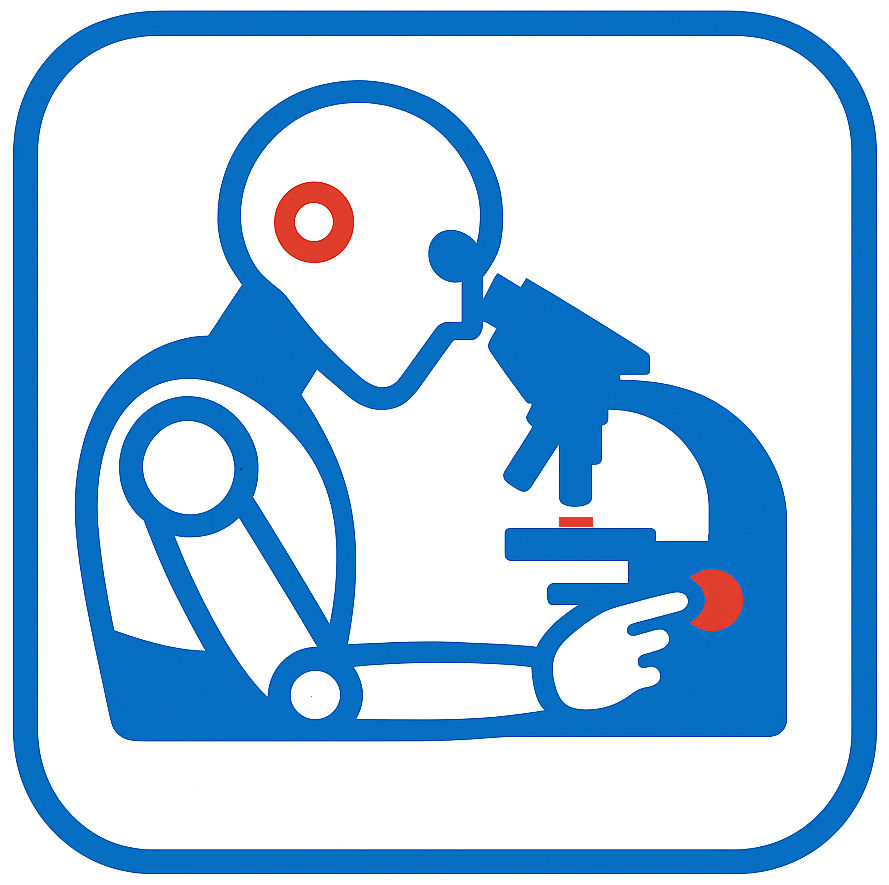
AI-Powered Lab Test Interpretation
Blog
Explore how artificial intelligence is changing lab diagnostics and blood test interpretation.

Explore how artificial intelligence is changing lab diagnostics and blood test interpretation.
Most reports list numbers without context. This post shows how AI-LabTest uncovers links between markers such as ALT, TSH, and LDL — filling in what traditional lab summaries often overlook and giving results real-world meaning.
When your blood test shows high TSH, LDL, or liver enzymes, what does it mean? This new post explains how AI interprets abnormal lab results and connects them to thyroid, cholesterol, and liver health.
AI identifies Long COVID biomarkers, accelerates drug repurposing for rare diseases, powers continuous wearables, assists clinicians through EMR pilots, and gains new WHO ethical oversight.
A clear, patient-friendly guide to CBC values — WBC, RBC, hemoglobin, platelets — and how AI helps make sense of results.
FDA frameworks, AI cancer detection, Europe’s digital health strategy, smartphone anemia apps, and the pitfalls of Dr. Google.
How tiny AI-powered devices like smart stethoscopes and smartphone scans are reshaping everyday diagnostics.
Why random symptom searches often mislead patients — and how structured AI tools can provide more reliable guidance.
Key stories in AI healthcare: FDA approvals, early cancer detection, and the latest digital health research highlights.
Exploring the clash between tech visions of AI and real-world medical needs — and where AI-LabTest stands.
A side-by-side look at existing AI lab test tools, their strengths, and how AI-LabTest is different.
Big-picture trends shaping AI in healthcare this year, from data privacy to clinical adoption.
How AI is advancing early cancer detection through blood-based biomarkers and precision analysis.
A global overview of how AI-driven lab interpretation is changing healthcare access across regions.
A walkthrough of how AI reviews, analyzes, and explains your lab test results in structured language.
⬐ Understand Your Lab Results in Seconds ⬎